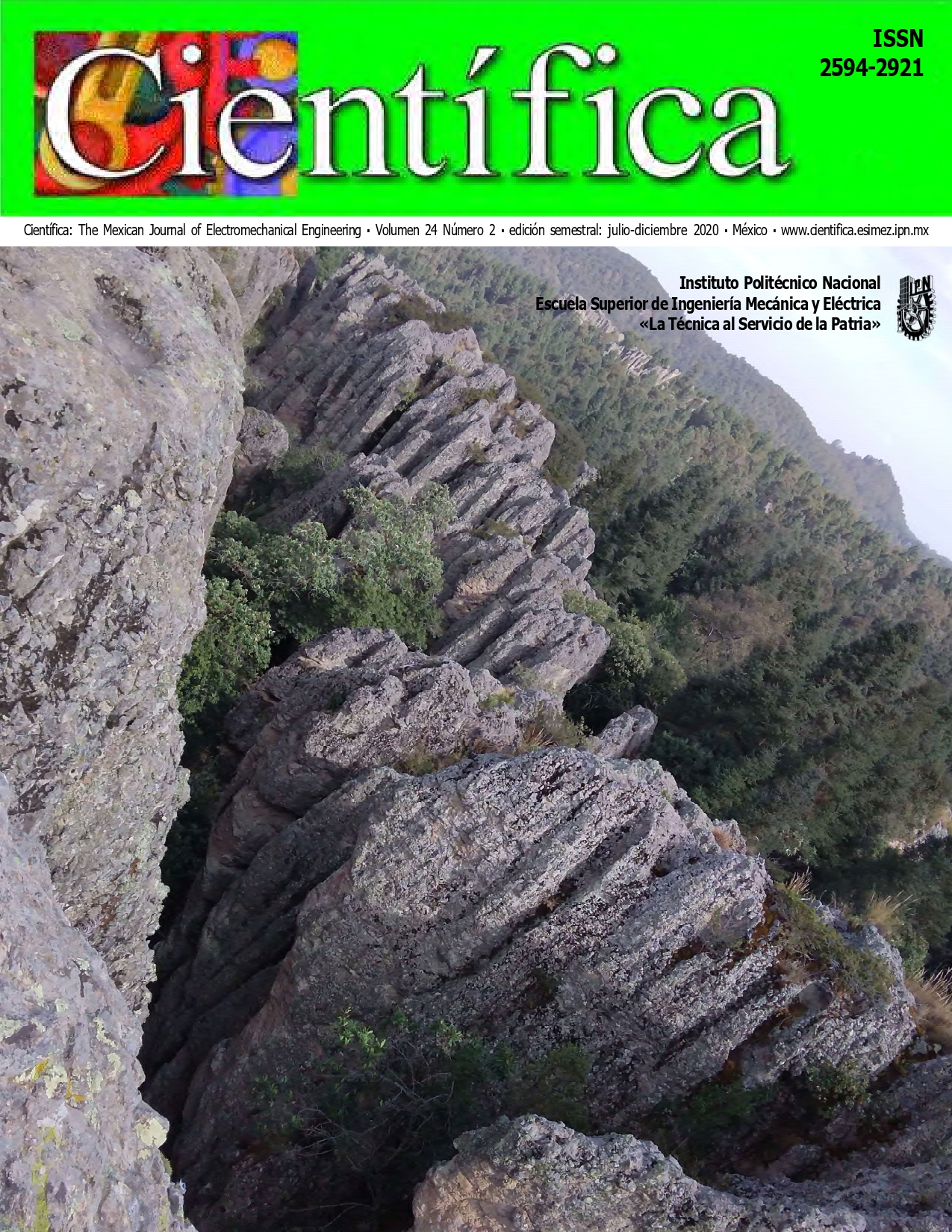Suppression of an Infrared Emission Line at 1550nm Using a Bragg Fiber Optic Rating System, Tunedby Mechanical Stress
DOI:
https://doi.org/10.46842/ipn.cien.v24n2a02Keywords:
Bragg grating, photonics converters, optics fiberAbstract
One of the most important characteristics of spectroscopic analysis is the possibility offered by techniques and instruments to explore the atomic and molecular structures of some chemical compounds, analyzing the direct effect on the photons of the radiation used for the interaction of matter and Energy. At the moment with the development of the technologies of miniaturization of electronic components based on silicon oxide it is possible to design optical devices that, starting from the laws of photonics, further expand the field of scientific and technological opportunity of these analysis techniques. This work shows the design of a multi-channel system based on SiO2 silicon oxide fibers to which a variation in the refractive index is printed, with the purpose of being used as filters to suppress emission lines in lengths particular wave; The result obtained in a wavelength of interest for telecommunications at 1550 nm is shown and a conceptual design of a multi-fiber converter for manufacturing with micro-machining technology is described.
References
D.Y. Smith, Dispersion theory, sum rules and their application to the analysis of optical data, in: The Handbook of Optical Constants (Chapter 3). Academic Press, New York, 1985.
K. O. Hill, Y. Fujii, D. C. Johnson, B. S. Kawasaki, "Photosensitivity in optical fiber waveguides: Application to reflection filter fabrication," Appl. Phys. Lett., vol. 32, núm. 10, pp. 647-649, 1978.
G. Pereira, M. McGugan, L. P. Mikkelsen, "FBG_SiMul V1.0: Fibre Bragg grating signal simulation tool for finite element method models," SoftwareX, vol. 5, pp. 163-170, 2016.
J. I. Yamada, M. Saruwatari, K. Asatani, H. Tsuchiya, A. Kawana, K. Sugiyama, T. Kimura, 'High speed optical pulse transmission at 1.29 mm wavelength using low-loss single-mode fibers', IEEE J. Quantum Electron., QE-14, pp. 791-800, 1978.
R. Kashyap, Fiber Bragg grating (Chapter 4), Elsevier, 2010.
R. Benítez , F. Martínez, V. Orlov, "A new method for actively tuning FBGs to particular infrared wavelengths for OH emission lines supression," Revista Mexicana de Astronomía y Astrofísica, pp. 351-361, 2019.
Y. F. Olvera, V. Kasakov "Algoritmos óptimos y no óptimos de reconstrucción de señales aleatorias gaussianas," Científica, vol. 17 núm. 3, julio-septiembre 2013,
S. C. Ellis, J. Bland-Hawthorn, "The case for OH suppression at near-infrared wavelengths," Mon. Not. R. Astron. Soc., vol. 386, núm. 1, pp. 47-64, 2008
D. Noordegraaf, P. M. W. Skovgaard, M. D. Maack, J. Bland-Hawthorn, R. Haynes, J. Lægsgaard, " Multi-mode to single-mode conversion in a 61 port photonic lantern," Opt. Express, vol. 18, pp. 4673-4678, 2010.
I.H. Malitson, "Interspecimen comparison of the refractive index of fused silica," J. Opt. Soc. Am. vol. 15, núm. 1, 1965, pp. 1205-1209.
M. E. Motamedi, "Merging micro-optics with micromechanics: micro-optoelectromechanical (MOEM) devices," Proc. SPIE 10271, Diffractive and Miniaturized Optics: A Critical Review, 102710G (28 diciembre1993).
J.Y. Montiel, J.M. De la Rosa "Acoplamiento de impedancias para la excitación con RF de un láser de CO2," Científica, vol. 9 núm. 4, octubre-diciembre 2005.
Downloads
Published
Issue
Section
License
Copyright (c) 2020 Instituto Politecnico Nacional

This work is licensed under a Creative Commons Attribution-NonCommercial-ShareAlike 4.0 International License.

